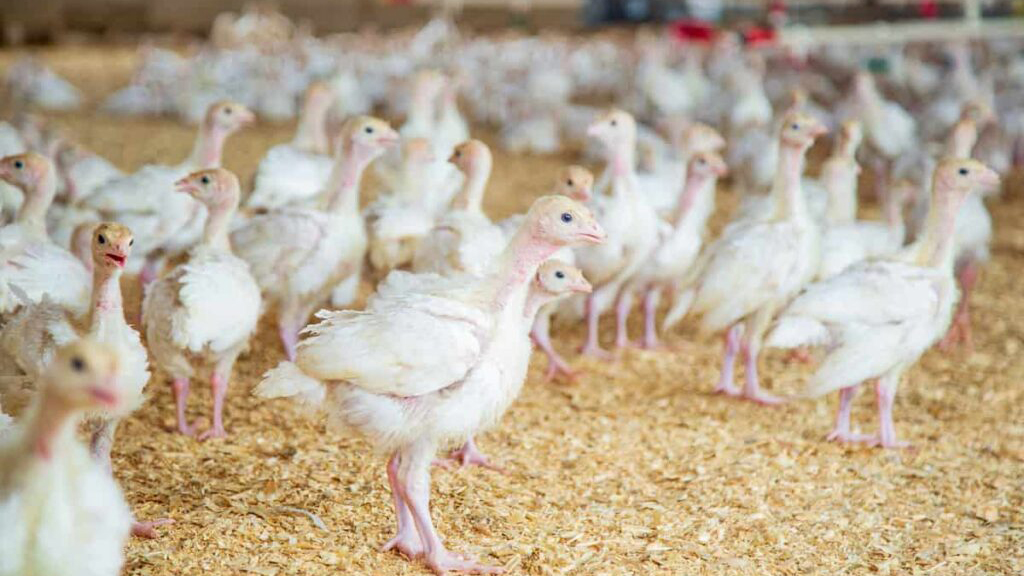The Department of Agriculture said the poultry sector is expected to continue to recover after the Food and Drug Administration approved for commercial use the country’s first vaccine against avian influenza.
The vaccine will provide immunity against the highly pathogenic AI subtype H5N1 and stimulate the bird’s immune system to defend against the velogenic Newcastle disease, the DA said in a statement on Wednesday.
H5N1, the most aggressive subtype of the bird flu virus, has caused high mortality rates in chickens and being zoonotic, it can be transmitted to humans and other animals, the agency explained.
The velogenic Newcastle disease is the most severe form of Newcastle disease and is highly contagious, often fatal, and can affect a wide range of bird species, especially domestic poultry.
“With the FDA’s approval of Volvac B.E.S.T. AI plus ND, the poultry sector now has a strong line of defense against a virus that threatens both food security and human health,” Agriculture Secretary Francisco Tiu Laurel Jr. said.
Volvac B.E.S.T. is injected, either into the bird’s chest muscle or into its subcutaneous fat and is given when the bird is at least 10 days old, the DA explained.
However, the agency said that as with most first-time vaccinations, it would take 10 to 14 days for full immunity to develop.
Tiu Laurel credited Department of Health (DOH) Secretary Ted Herbosa, FDA Director General Paolo Teston and DA personnel for shepherding “the long-awaited approval of the vaccine with dedication and competence.”
“The DA, DOH and FDA have always worked closely to ensure that only safe and effective livestock vaccines reach our market. Under DG Teston’s leadership, we are confident that more initiatives will be done in terms of livestock vaccines and medicines that could further strengthen our livestock sector and contribute to our food security,” Tiu Laurel added.
According to data from the Philippine Statistics Authority (PSA), the value of the country’s poultry production in 2024, including eggs, reached P362 billion.
The PSA added that for the second quarter of 2025, poultry production reached P75.07 billion, a 7 percent growth from that achieved in the same period of 2024, at constant 2018 prices. This accounted for 17.2 percent of total agricultural output in the same period, the PSA said.
The performance of the poultry subsector was pushed by growths in the production of chicken and chicken eggs.
Chicken production rose 8.2 percent to 563,040 metric tons (MT) in the second quarter of 2025, from 520,480 MT in the second quarter of 2024, while chicken eggs hit 207,760 MT, a 4.8 percent increase from 198,290 MT in the same period last year.
For the first half of 2025, the value of poultry production at constant 2018 prices went up by 8.4 percent to P150.57 billion from the P138.94 billion reached in the same period in 2024.





